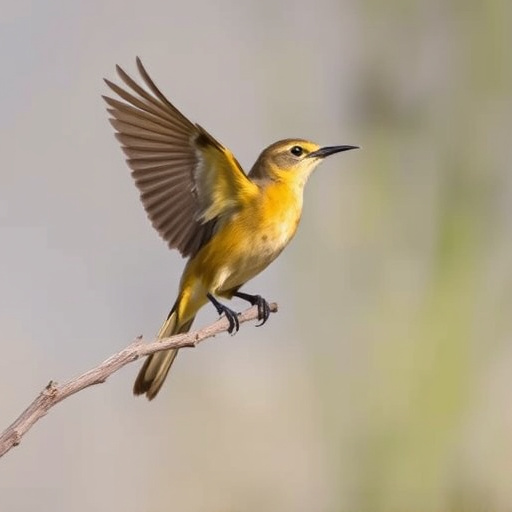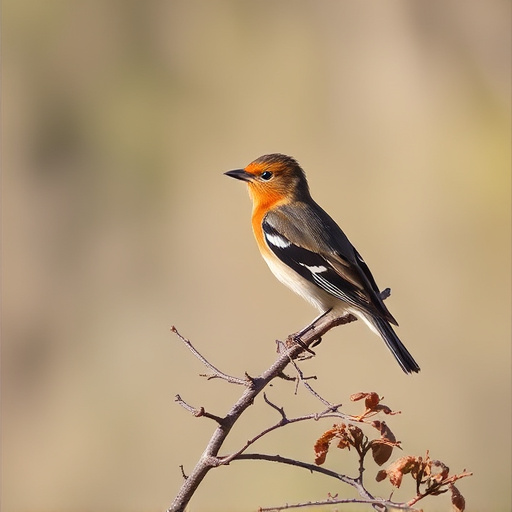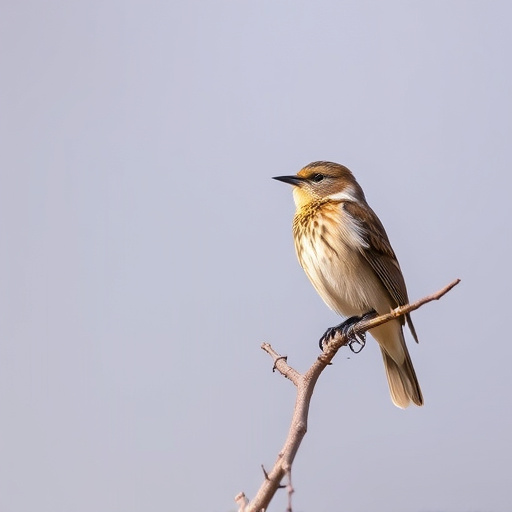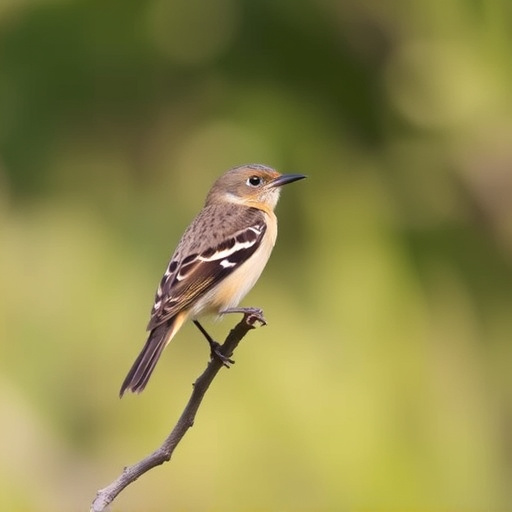San Pedro House in southern Arizona is a unique blend of historical landmark and conservation hub, offering exceptional birdwatching experiences. Volunteers engage in hands-on birding activities, focusing on Gray Hawks, to contribute scientific data and raise awareness for local ecosystems. This volunteer work enhances the birding experience, documents critical habitats, and supports conservation efforts, making San Pedro House a prime destination for enthusiasts exploring the region's diverse avian life and its rich natural landscape.
In the heart of southern Arizona, San Pedro House stands as a haven not only for nature enthusiasts but also for bird conservation. With a dedicated team of volunteers, the organization plays a pivotal role in protecting and studying Gray Hawks, a majestic species known for their intricate nesting habits. This article explores the unique discoveries made possible by these volunteer efforts, shedding light on the art of birding in southern Arizona and its profound impact on wildlife preservation.
- San Pedro House and its Role in Bird Conservation
- Gray Hawk Nesting Sites: A Unique Discovery
- The Art of Birding in Southern Arizona
- Volunteer Experience: Guiding Nest Findings and Their Impact
San Pedro House and its Role in Bird Conservation

San Pedro House, nestled in the vibrant landscape of southern Arizona, stands as a beacon for bird conservation efforts. This unique site is not just a historical landmark but also a thriving hub for birding enthusiasts and researchers alike. Its strategic location makes it an ideal observation post for tracking migratory patterns and studying various avian species, particularly the elusive Gray Hawks.
The house plays a pivotal role in facilitating volunteer-led bird monitoring programs that enhance our understanding of local ecosystems. Through these initiatives, folks gain firsthand experience in birding, learning to identify different birds and their behaviors. This engagement not only promotes conservation awareness but also contributes significantly to scientific data collection, making San Pedro House a true treasure for those passionate about the natural world and birding in southern Arizona.
Gray Hawk Nesting Sites: A Unique Discovery

In the heart of southern Arizona, birding enthusiasts and nature lovers alike are treated to a unique discovery: Gray Hawk nesting sites. These areas, often hidden away in the region’s diverse landscapes, have become a focal point for volunteers with the San Pedro House. By venturing into the wild and utilizing their expertise, these dedicated individuals play a crucial role in documenting and protecting these rare habitats. Birding in southern Arizona has never been more rewarding, as each find offers a deeper understanding of the area’s ecological richness.
The Gray Hawks, known for their sleek and powerful flight, have specific nesting preferences that make their sites particularly intriguing. These nests, usually perched high atop mesquite trees or other sturdy structures, are not easily spotted due to their strategic placement. Volunteers from the San Pedro House spend countless hours navigating the labyrinthine terrain, equipped with knowledge and binoculars, to locate these hidden gems. Their efforts not only contribute to scientific research but also raise awareness about the importance of preserving these unique birding locations in southern Arizona.
The Art of Birding in Southern Arizona

Southern Arizona is a haven for birders, offering a diverse range of habitats that attract over 450 species of birds. The region’s unique geography, from arid deserts to lush mountains, provides an incredibly rich avian ecosystem. Birding in southern Arizona offers enthusiasts the chance to spot everything from colorful songbirds and elusive quails to majestic eagles and rare migratory visitors.
The San Pedro House volunteers’ involvement in guiding Gray Hawk nest finds showcases the practical application of birding skills. These dedicated individuals contribute to conservation efforts by meticulously documenting bird behavior, protecting nests, and raising awareness about these magnificent creatures. The art of birding in southern Arizona thus extends beyond observation; it drives protection and fosters a deeper understanding of our feathered neighbors.
Volunteer Experience: Guiding Nest Findings and Their Impact

Volunteers playing a pivotal role in protecting and studying rare bird species, such as the Gray Hawk, is a key aspect of birding in southern Arizona. When guiding nest findings, volunteers are not only contributing to scientific research but also ensuring the well-being of these magnificent creatures. They learn to identify nesting sites, monitor bird activities, and record valuable data under the supervision of experts.
This hands-on experience fosters a deeper connection with nature and promotes conservation efforts. By participating in such initiatives, volunteers gain insights into the intricacies of bird behavior, habitat preservation, and the challenges faced by endangered species like the Gray Hawk. Their role is instrumental in supporting researchers and organizations dedicated to safeguarding birdlife in this diverse and ecologically rich region.
San Pedro House, through its dedicated volunteers, has played a pivotal role in enhancing our understanding of Gray Hawk nesting habits in southern Arizona. By guiding nest findings and sharing their knowledge, these volunteers contribute significantly to the conservation efforts of local bird species. Birding enthusiasts can only benefit from such experiences, as it fosters a deeper appreciation for the rich biodiversity that thrives in this region. The art of birding in southern Arizona continues to flourish, thanks to the collective passion and dedication of these volunteer guides.
